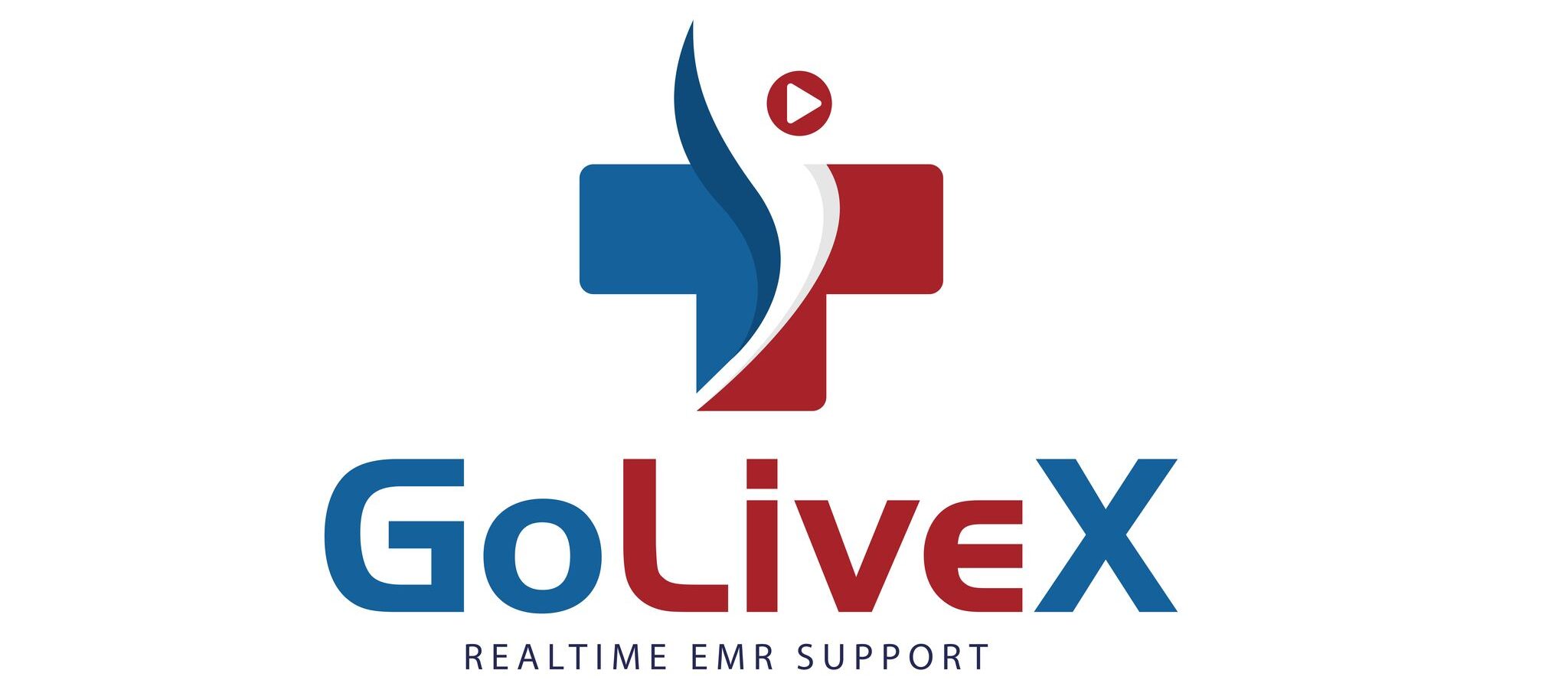
They walked into their first shift with a badge and a password, no manila folder tucked under an arm, and no paper trail to follow.
For them, medicine arrived already digital: charts that scroll, orders that flow, and notes that sing together across clinics. They are the children of a hospital born online.
There is a quiet wonder in watching a young nurse tap a bedside tablet and, with one breath, know the whole story. She opens a patient’s file and sees yesterday’s vitals, last week’s x-ray, a social work note about home heating, and a translated message from a daughter in Spanish all braided into one view. She doesn’t rifle through paper; she leans forward and listens. Care feels faster, kinder, and more seamless.
These new hospitals didn’t convert to EMRs. They grew up with them. Their hallways were wired before bedpans were stocked. Their training programs teach gestures and shortcuts, not how to fold a chart. Their IT teams are on rounds; their clinicians learn new templates the way previous generations learned to write legibly. The interface is their lingua franca.
Swipes that Save Time, Not Soul
Because there were never stacks of paper to mourn, they avoid many old compromises: duplicated orders, lost imaging, and the ritual of re-asking a family the same history three times. Instead, workflows are designed around presence. A surgeon reviews 3D imaging on a sterile display minutes before an incision. A pediatrician shares a growth chart with a parent, side by side on a tablet, translating numbers into reassurance. Time returns to the bedside.
Interoperability: Friends, Not Foes
New hospitals are born into ecosystems that expect to talk. Labs, pharmacies, ambulances, and specialty centres plug into the same language from Day One. That means fewer fractured histories and faster referrals. A patient transferred at night arrives with a lit map of their care meds, allergies, and recent notes so the receiving team begins where the last team left off, not at the beginning of a question.
The Culture of Continuous Learning
There’s confidence in a culture that never unlearned paper. Staff are trained in agile sprints: small pilots, rapid feedback loops, and real-time tweaks. Young clinicians expect upgrades like they expect sunrise sometimes inconvenient, often necessary, and always an opportunity to improve. The hospital learns in public and adapts with humility.
The Gifts and the Shadows
But being born digital is not a fairy tale without thorns. These hospitals must guard against over-automation that erases nuance and against interfaces that flatten stories into checkboxes. They wrestle with equity: communities without reliable broadband or older patients who still prefer a printed note. They know that a server outage is not an inconvenience but a test of muscle memory in human care.
So they build redundancy: offline modes, printable summaries on demand, and community outreach programs that teach patients how to use portals so they don’t get left behind. They design interfaces that calm rather than command, and they keep clinicians in the loop as co-designers, not mere users.
A New Kind of Empathy
Perhaps the greatest change is subtle: empathy encoded into systems from the start. Patient portals are multilingual. Discharge instructions arrive with videos and pictograms. Follow-up reminders are gentle and timed with local transit schedules and work patterns. Technology here isn’t an afterthought but the scaffolding for a more humane practice.
The hospitals of this generation don’t mourn the paper they never knew. They celebrate the human moments technology helps preserve: a grandmother’s story heard without interruption, a child’s fever caught before it spikes, and a family reunited with clear care plans. They remind us that when systems are built around people, not the other way round, being digital becomes less about devices and more about dignity.
These young hospitals teach the rest of us a simple lesson: a chart is only as good as the care it enables. When EMRs are woven into the very fabric of a place from day one, the result is not cold efficiency but a quiet reclamation of time, attention, and the room to be fully human.
